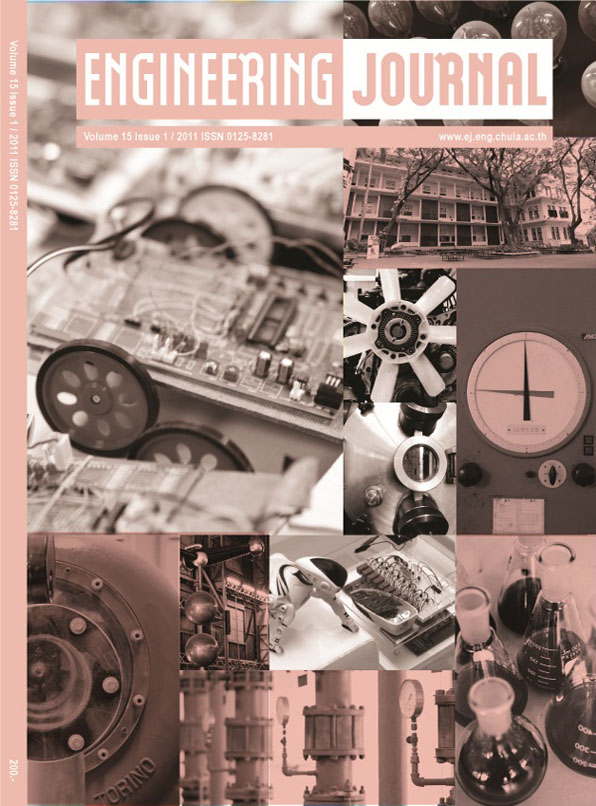Performance Assessment of GPS-Sensed Precipitable Water Vapor using IGS Ultra-Rapid Orbits: A Preliminary Study in Thailand
DOI:
https://doi.org/10.4186/ej.2011.15.1.1Keywords:
GPS, precipitable water vapor.Abstract
Precipitable Water Vapor (PWV) is a significant variable used for climate change studies. Currently PWV can be derived from the Global Positioning System (GPS) observation in addition to the specific instruments such as Radiosondes (RS), Microwave Radiometers (MWR) and Meteorological Satellites. To accurately derive PWV from GPS data, long periods of observation time in conjunction with final orbit data have to be applied in the data processing steps. This final orbit data can be acquired from the International GNSS Service (IGS) with 13 days latency, which is not practical in climate change studies or meteorological forecasting. Alternatively, real-time ultra-rapid orbits are more suitable for this application but with lower orbit accuracy. It is therefore interesting to evaluate the impact of using different orbits in the estimation of PWV. In this study, data from permanent GPS base stations in Thailand were processed using Bernese 5.0 software to derive near real-time PWV values. Ultra-rapid orbit data have been introduced in the data processing step with different time windows and compared to that using final orbit data with the 24-hr time window. The results have shown that 1.0 mm and 2.9 mm biases can be achieved using 24-hr and 12-hr time windows, respectively. These results therefore address the potential use of ultra-rapid orbits for a near real-time estimation of PWV.
Downloads
Downloads

Authors who publish with Engineering Journal agree to transfer all copyright rights in and to the above work to the Engineering Journal (EJ)'s Editorial Board so that EJ's Editorial Board shall have the right to publish the work for nonprofit use in any media or form. In return, authors retain: (1) all proprietary rights other than copyright; (2) re-use of all or part of the above paper in their other work; (3) right to reproduce or authorize others to reproduce the above paper for authors' personal use or for company use if the source and EJ's copyright notice is indicated, and if the reproduction is not made for the purpose of sale.









